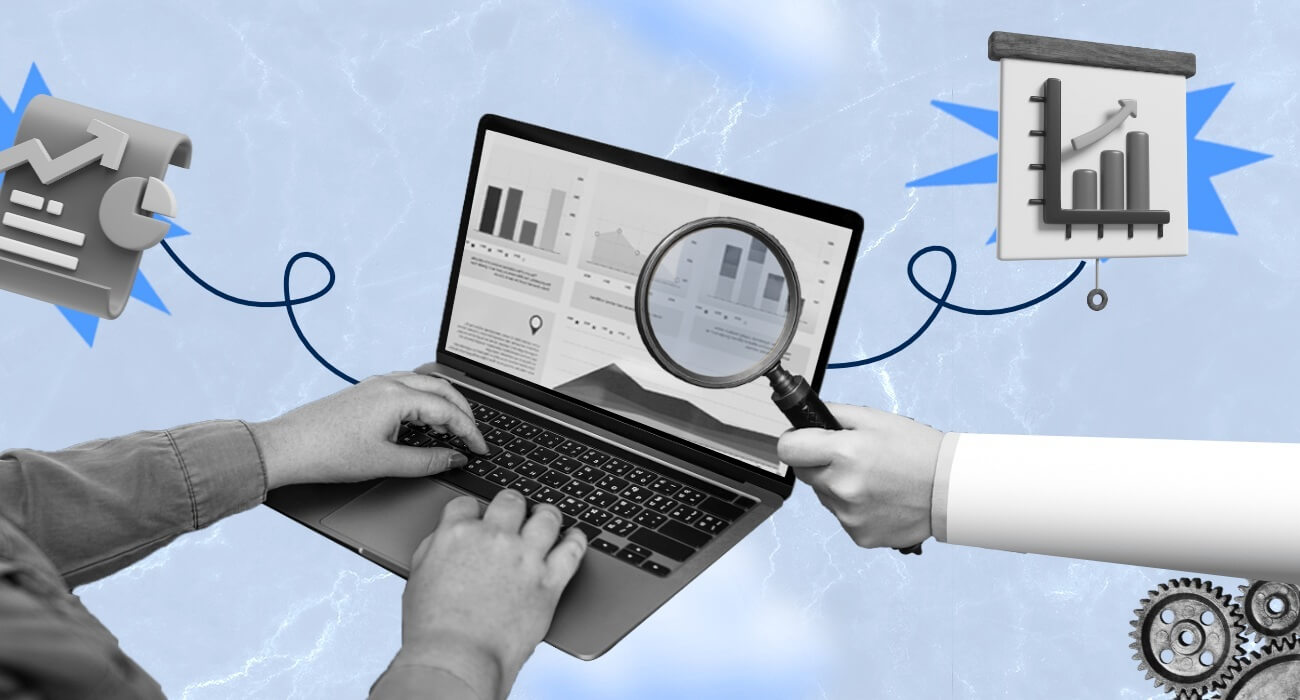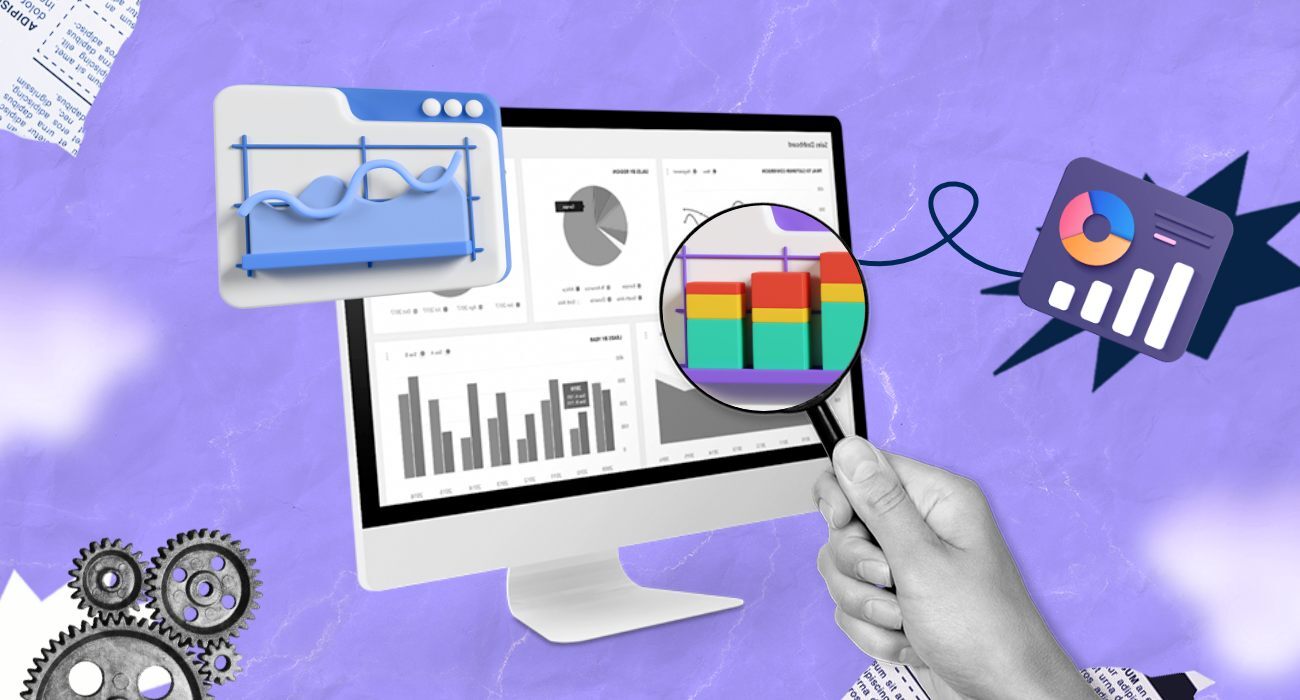In today’s digital age, where information flows rapidly across various platforms, keeping track of what’s being said about your brand, competitors, and industry is paramount. This is where media monitoring tools come into play. These tools allow businesses to monitor, analyze, and respond to conversations happening across different media channels, including social media, news websites, blogs, forums, and more.
Types of Media Monitoring Tools

1. Social Media Monitoring Tools
Social media monitoring tools track mentions, hashtags, and keywords across popular social media platforms such as Facebook, Twitter, Instagram, LinkedIn, and YouTube. They provide insights into audience demographics, engagement metrics, and sentiment analysis, allowing businesses to tailor their social media strategies accordingly.
2. Traditional Media Monitoring Platforms
Traditional media monitoring tools focus on monitoring print, broadcast, and online news sources. They scan newspapers, magazines, television channels, radio stations, and online news websites to capture mentions of specific keywords, brands, or topics. These tools provide comprehensive coverage of mainstream media outlets, enabling businesses to stay updated on industry news and media coverage.
Features to Look for in Media Monitoring Tools
1. Real-time Monitoring
Effective media monitoring tools offer real-time monitoring capabilities, allowing businesses to track conversations as they happen. Real-time alerts enable prompt responses to emerging trends, news stories, or crises, ensuring timely engagement with the audience.
2. Sentiment Analysis
Sentiment analysis features help businesses gauge public sentiment surrounding their brand, products, or services. By analyzing the tone and context of mentions, media monitoring tools categorize sentiment as positive, negative, or neutral, providing valuable insights into customer perceptions and brand reputation.
3. Competitive Analysis
Competitive analysis tools allow businesses to compare their performance against competitors within their industry. By monitoring competitor mentions, share of voice, and sentiment trends, companies can identify competitive threats, benchmark their performance, and capitalize on opportunities to differentiate themselves in the market.
Best Practices for Using Social Monitoring Platforms
1. Setting Clear Objectives
Before using media monitoring tools, businesses should define clear objectives and key performance indicators (KPIs) aligned with their strategic goals. Whether it’s tracking brand mentions, monitoring customer feedback, or identifying influencers, setting specific objectives ensures focused and meaningful insights.
2. Customizing Alerts
Customizable alert settings enable businesses to receive notifications based on predefined criteria such as keywords, sentiment, or engagement metrics. By customizing alerts to their specific needs, organizations can stay informed about relevant conversations and prioritize responses accordingly.
3. Analyzing Data Effectively
Media monitoring tools generate vast amounts of data, requiring effective analysis and interpretation. Businesses should leverage analytics features to identify trends, patterns, and actionable insights from the collected data. By analyzing data effectively, companies can make data-driven decisions and optimize their communication strategies.
Popular Media Monitoring Tools in the Market
1. Mention
Mention is a comprehensive media monitoring tool that tracks mentions across social media, news websites, blogs, and forums in real time. It offers sentiment analysis, competitive analysis, influencer identification, and customizable alerts, making it a preferred choice for businesses of all sizes.
2. Hootsuite
Hootsuite is a popular social media management platform that includes media monitoring features. It allows businesses to monitor conversations, schedule posts, engage with their audience, and measure social media performance from a single dashboard.
3. AIM Insights
AIM Insights is an advanced social listening and analytics platform that provides insights into consumer behavior, market trends, and competitive intelligence. Its powerful analytics capabilities enable businesses to uncover actionable insights and make data-driven decisions.
4. Meltwater
Meltwater is a media intelligence platform that offers media monitoring, social media analytics, and influencer engagement tools. It helps businesses monitor online and offline media coverage, analyze sentiment, and track competitor activity to enhance their brand reputation and marketing strategies.
Case Studies: How Businesses Benefit from Social Monitoring Platforms
1. Case Study 1: XYZ Company
XYZ Company used media monitoring tools to track customer feedback, identify emerging trends, and monitor competitor activity. By analyzing social media conversations and news mentions, they were able to proactively address customer concerns, capitalize on market opportunities, and maintain a positive brand reputation.
2. Case Study 2: ABC Corporation
ABC Corporation leveraged media monitoring tools to monitor industry news, track competitor campaigns, and measure brand sentiment. By analyzing media coverage and sentiment trends, they gained valuable insights into consumer perceptions, market dynamics, and competitor strategies, enabling them to adapt their marketing strategies accordingly.
Challenges
Despite its benefits, media monitoring comes with its own set of challenges. These may include the volume and diversity of data sources, the accuracy of sentiment analysis, the scalability of monitoring efforts, and the interpretation of complex data insights. Overcoming these challenges requires a strategic approach, robust technology solutions, and continuous refinement of monitoring processes.
Future Trends
The future of media monitoring is likely to be driven by advancements in artificial intelligence, machine learning, and natural language processing. These technologies will enable more accurate sentiment analysis, predictive analytics, and automated insights generation. Additionally, the integration of media monitoring with other marketing and communication platforms will streamline workflows and enhance collaboration across teams.
Conclusion
In conclusion, media monitoring tools are indispensable assets for businesses seeking to navigate the dynamic landscape of online conversations and brand perception. By harnessing the power of these tools, companies can gain valuable insights, manage their reputation effectively, and stay ahead of the competition.
To experience firsthand the benefits of advanced media monitoring solutions, we encourage you to request a demo from AIM Technologies. Discover how our cutting-edge technology can empower your business with actionable insights and strategic intelligence. Don’t miss out on the opportunity to elevate your brand presence and enhance your communication strategies.
Take the first step towards optimized media monitoring today. Request a demo from AIM Technologies and unlock the potential of informed decision-making and proactive brand management.
FAQs
What is media monitoring?
- Media monitoring is the process of tracking, analyzing, and responding to mentions of a brand, product, or topic across various media channels, including social media, news websites, blogs, forums, and traditional media outlets.
Why is media monitoring important for businesses?
- Media monitoring helps businesses understand public sentiment, identify emerging trends, monitor competitors, and manage their reputations effectively.
What are some key features of media monitoring tools?
- Key features of media monitoring tools include real-time monitoring, sentiment analysis, competitive analysis, customizable alerts, and comprehensive coverage of media channels.
How do businesses benefit from using media monitoring tools?
- Businesses benefit from media monitoring tools by gaining valuable insights into consumer perceptions, market trends, competitor strategies, and industry developments, enabling them to make informed decisions and optimize their communication strategies.
What are some challenges in media monitoring?
- Challenges in media monitoring include the volume and diversity of data sources, the accuracy of sentiment analysis, the scalability of monitoring efforts, and the interpretation of complex data insights.




